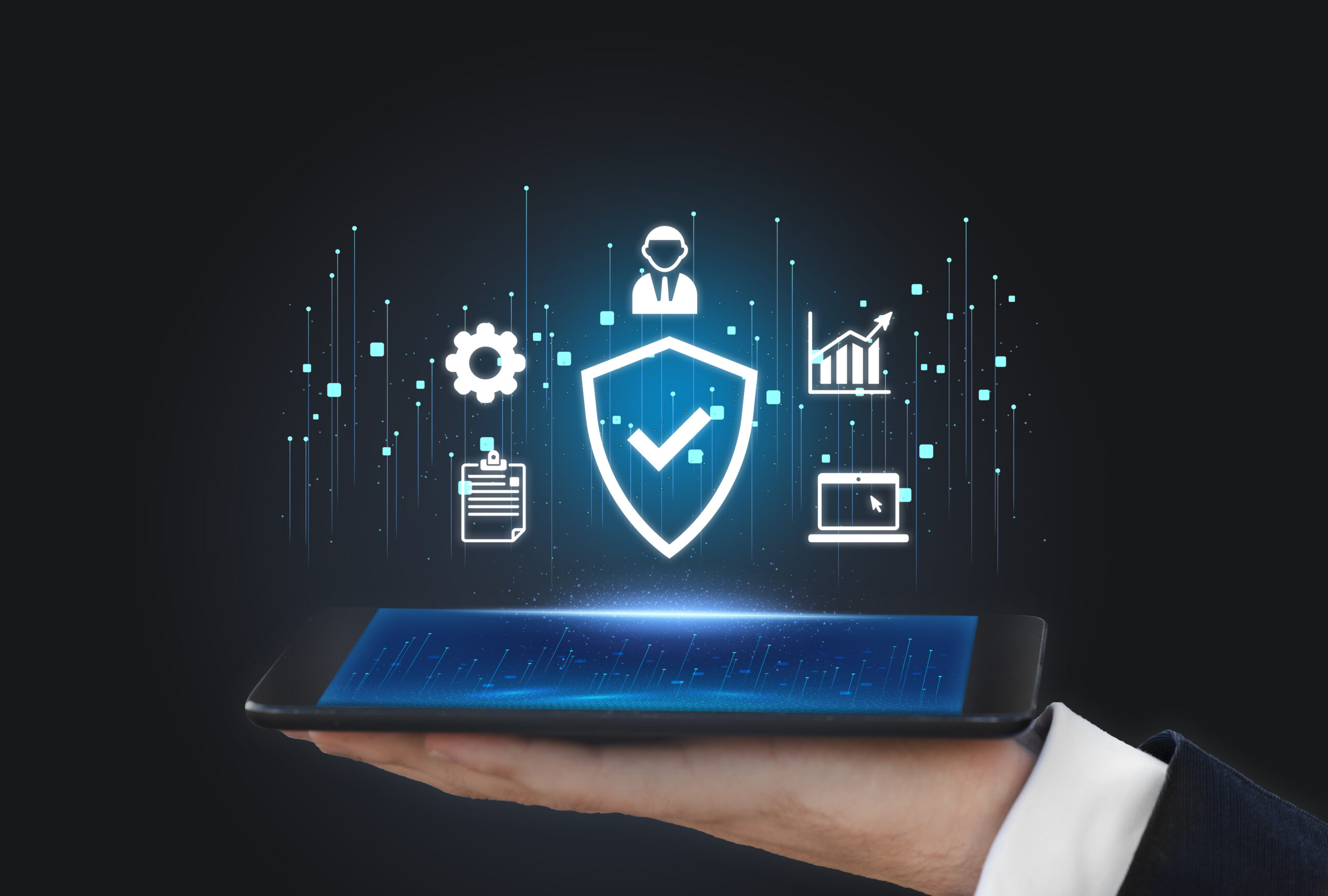DevSecOps: The Superhero of Secure Development
In today’s fast-paced digital landscape, security can no longer be an afterthought in software development. This is where DevSecOps comes into play—a superhero of modern development that integrates security seamlessly into the software development lifecycle (SDLC). Without it, your applications are like castles without walls, vulnerable to cyber threats and security breaches.
What is DevSecOps?
DevSecOps (Development, Security, and Operations) is an approach that embeds security into every stage of the software development process. Unlike traditional security models where security checks happen at the end of development, DevSecOps ensures that security is integrated from the very beginning. This proactive approach helps in identifying vulnerabilities early, reducing the risk of costly fixes and data breaches.
Why is DevSecOps Essential?
- Enhanced Security Posture – DevSecOps incorporates continuous security testing, reducing vulnerabilities before they reach production.
- Faster Development Cycles – Automating security within CI/CD pipelines helps deliver secure applications without slowing down development.
- Cost Efficiency – Identifying and addressing security flaws early prevents expensive post-deployment fixes.
- Compliance and Risk Management – Ensures that software meets industry security standards and compliance requirements such as GDPR, HIPAA, and ISO 27001.
- Improved Collaboration – Encourages developers, security teams, and operations teams to work together, fostering a security-first mindset.
Key Practices of DevSecOps
- Shift Left Security – Security is integrated early in the development process, allowing teams to detect vulnerabilities sooner.
- Automated Security Testing – Tools like SAST (Static Application Security Testing) and DAST (Dynamic Application Security Testing) scan code for vulnerabilities automatically.
- Infrastructure as Code (IaC) Security – Ensuring cloud infrastructure and configurations are secure from the start.
- Continuous Monitoring & Threat Intelligence – Real-time monitoring and AI-driven security analytics help detect and mitigate risks.
- Security Awareness & Training – Developers and operations teams receive ongoing training to stay updated on the latest security threats and best practices.

How to Implement DevSecOps in Your Organization
- Adopt a Security-First Mindset – Make security a shared responsibility among development, security, and operations teams.
- Use Security Tools & Automation – Leverage security scanning tools within CI/CD pipelines.
- Implement Secure Coding Practices – Train developers on secure coding techniques to minimize vulnerabilities.
- Conduct Regular Security Audits – Perform penetration testing and security assessments frequently.
- Monitor & Respond to Threats in Real-Time – Use Security Information and Event Management (SIEM) solutions for proactive security response.

Conclusion
In an era of increasing cyber threats, DevSecOps is the key to building secure and resilient applications. By integrating security throughout the software development lifecycle, organizations can prevent breaches, reduce costs, and maintain compliance effortlessly. Embracing DevSecOps is not just a best practice—it’s a necessity for modern software development.